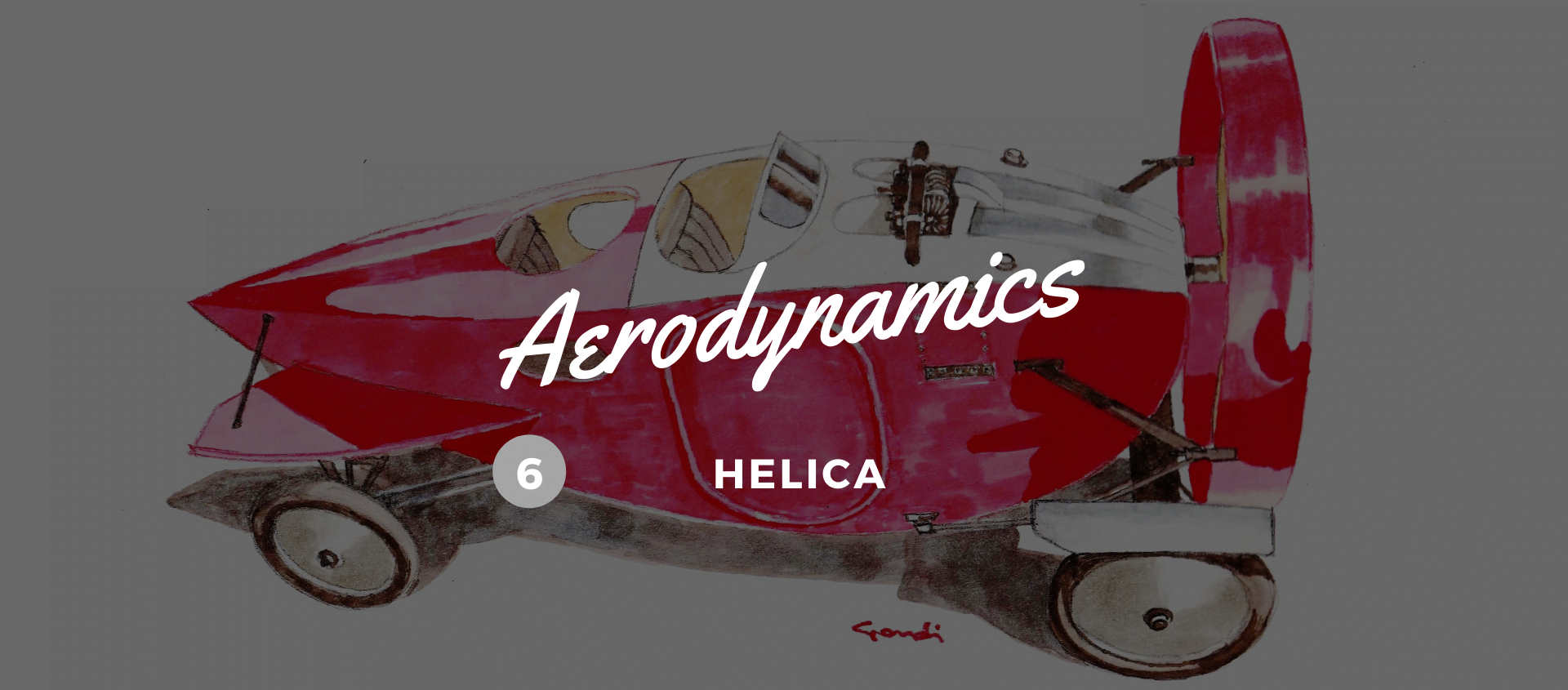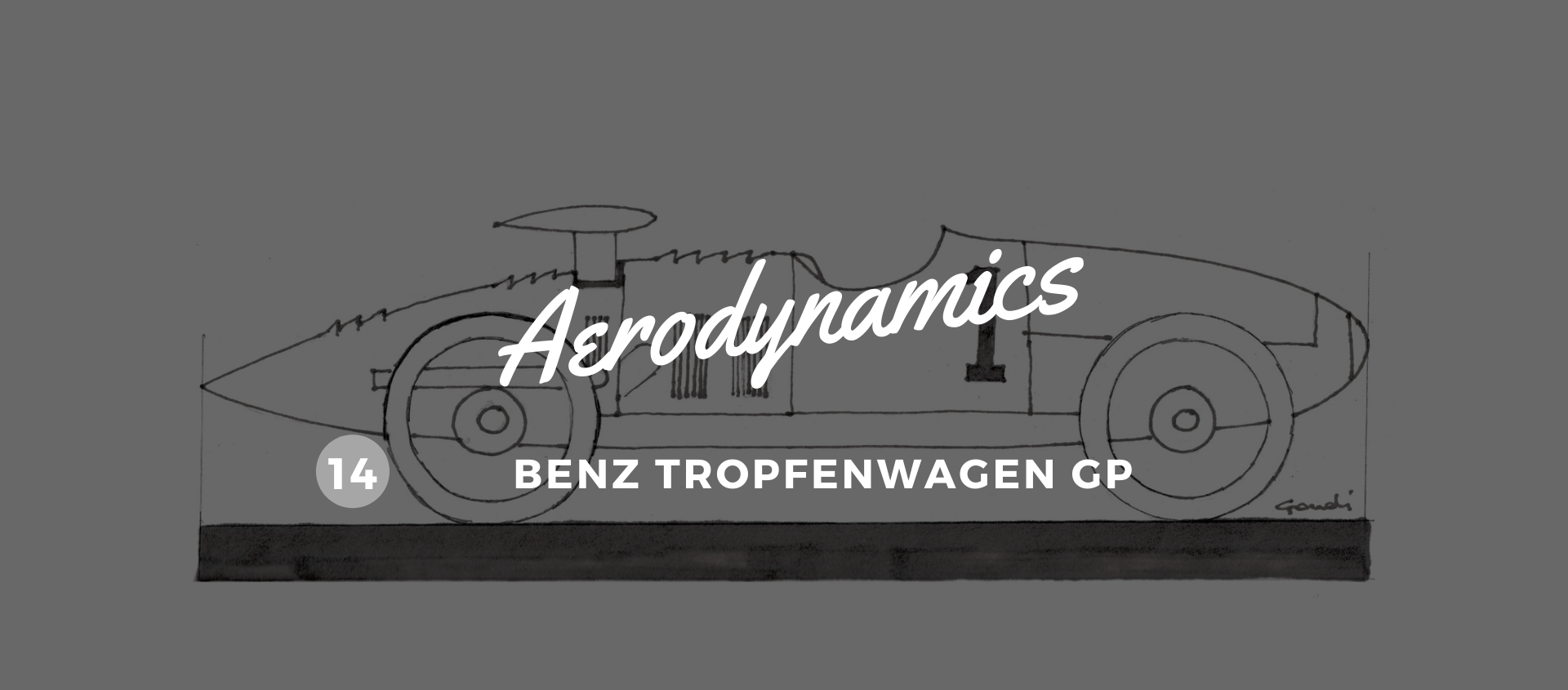1919. And then came the Helica, a hopeless challenge…
16 March 2020 2 min read 4 images

Marc Leyat unveiled the Elicicle in 1913. He then spent the WWII years working as an aeronautical engineer, an experience that only served to strengthen his firm belief that aircraft technology could be exploited on the roads.
Register to unlock this article
Signing up is free and gives you access to hundreds of articles and additional benefits. See what’s included in your free membership. See what's included in your free membership.
Already have an account? Log In


